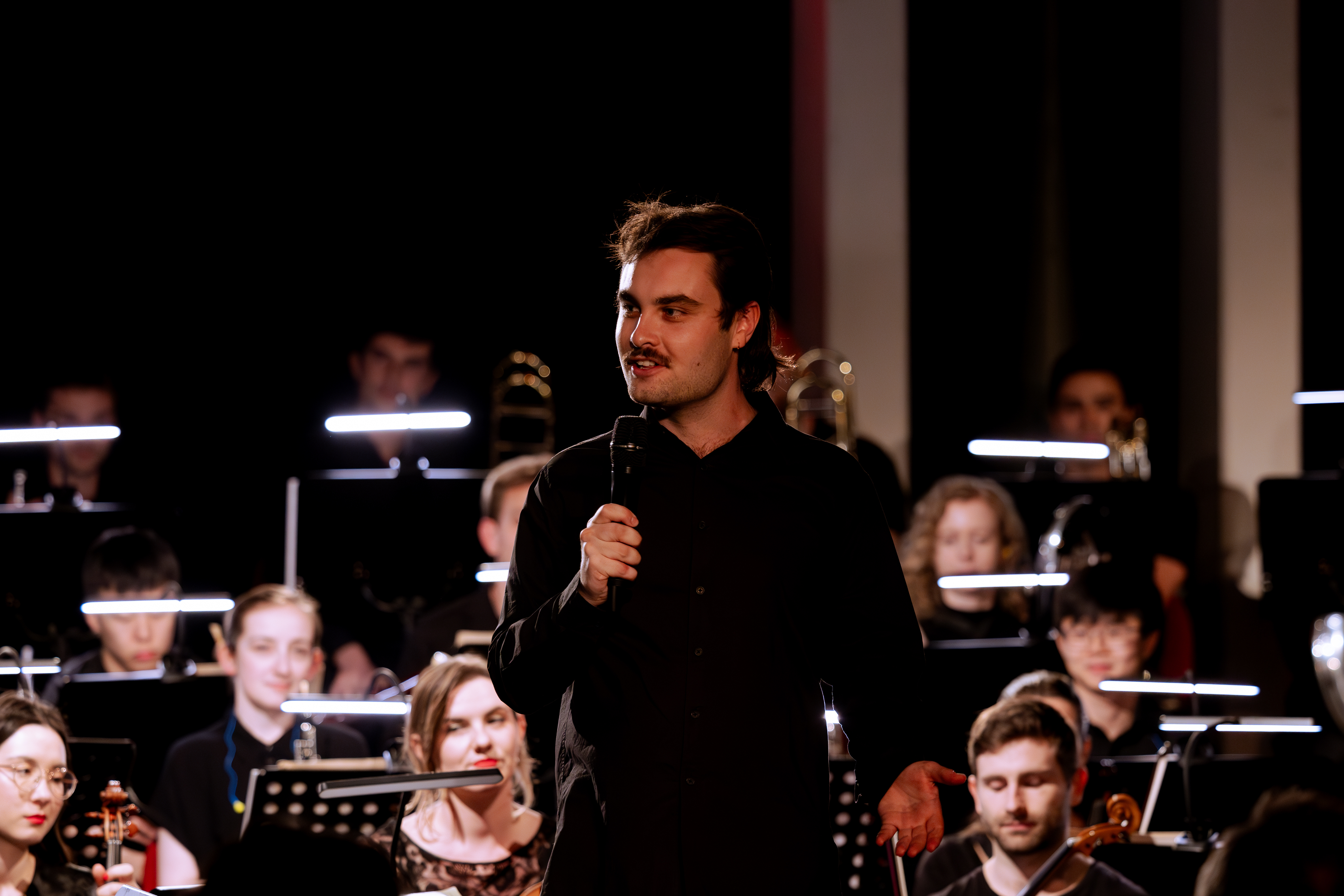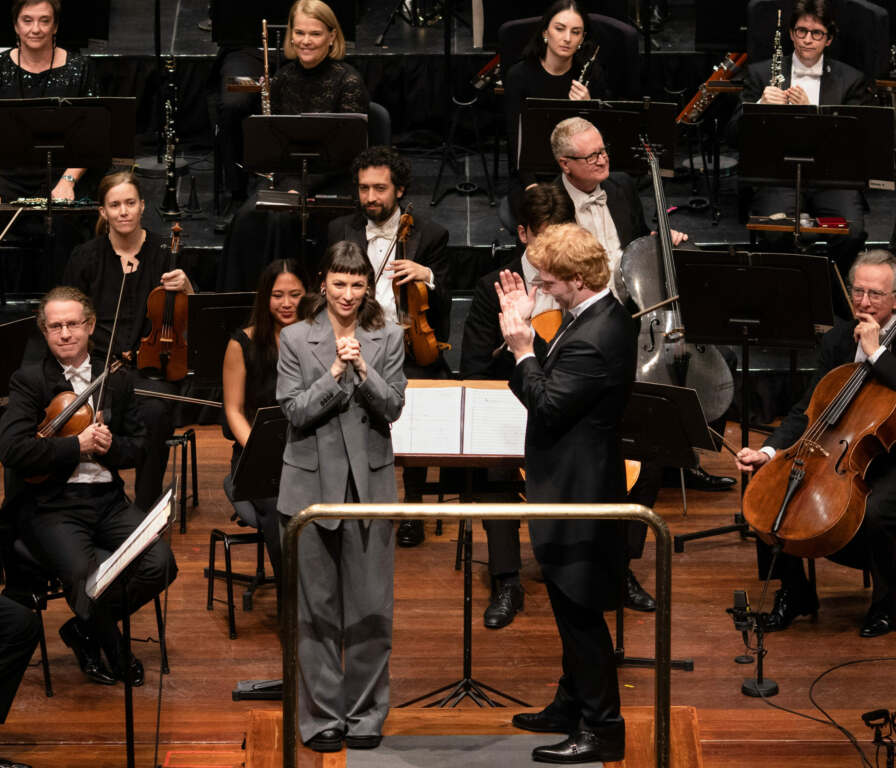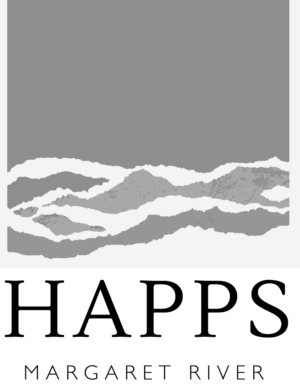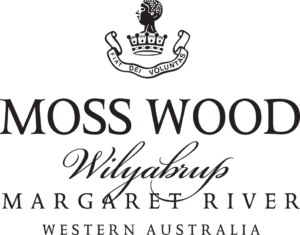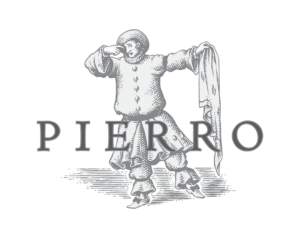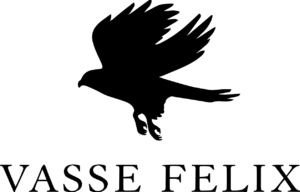'What is Australian orchestral music?'
It’s a question that often comes up as an Aussie classical musician living overseas. The classical and new music scenes remain dominated by European composers, and more recently by composers from the United States. However, over the years little old Australia has been making a claim as a worthy contributor to the contemporary music catalogue.
Australia has a long musical tradition – none more impressive than the breadth and scale of Indigenous music-making – one of the oldest continuous musical traditions in the world, with a truly unique sound language found nowhere else. Nowadays, these traditions are being shared by First Nations artists around the globe. Similarly, in post-colonial Australia, a number of composers have brought international attention to our shores: Percy Grainger, Peter Sculthorpe, and more, recently Liza Lim, to name a few. Each composer could not be more different in their musical aesthetics, yet to me they are all undoubtedly Australian. Grainger evokes janky colonial bush-slapping tunes; Sculthorpe engaged with First Nations artists in a way no other composer had done before, incorporating the didgeridoo into the orchestra; and Liza Lim conjures vast orchestral ecologies as diverse as the flora and fauna in our backyard. It is this musical pluralism, often tied to a sense of place, that I find most distinctively Australian.
It is my great pleasure and responsibility to welcome you to tonight’s program with the West Australian Symphony Orchestra, Pandaemonium. This evening has been curated to provide a snapshot of Australian music as it exists here and now. By no means is it definitive, but it is certainly diverse! Interestingly, three of tonight’s works are by composers who grew up (and in some cases still live) in Western Australia; Jordan Moore, Olivia Davies, and Lachlan Skipworth. All three are graduates of The University of Western Australia, which appears to have an impressive legacy of successful composing artists. The quality of composition emerging from WA, relative to its population, puts the Eastern states to the sword (and I say that as a proud Sydney snob).
This concert, Pandaemonium, takes its name from the opening piece by Jordan Moore. The word was first used by John Milton in Paradise Lost as the name for Satan’s palace in hell. Written during Moore’s time as Melbourne Symphony Orchestra’s Composer in Residence, this frenzied work is extremely virtuosic and pushes the orchestra to its limits. In particular, you’ll hear some dazzling and chaotic brass playing – our trumpet section have their work cut out for them. Listen out for the swooping, slipping gestures in the strings that evoke the classic horror screech we might associate with Hitchcock’s Psycho. As we perform the musical hellscape Moore has conjured, I can’t help but be reminded of the ferocity of Australian bushfires, which are becoming ever more present in our lives.
After that musical slap in the face, we take a deep breath with Skipworth’s Avem Asperitas – or crudely translated, Bird Cloud. Premiered in 2018, this work was the result of a deep collaboration between Skipworth and photographer and film artist Greg Barrett. The outcome is a thoughtful meditation on fleeting moments in our lives, encouraging us to pause and reflect. Clouds form and clear, and landscapes emerge as the orchestral textures wax and wane. Barrett works in monochrome, while Skipworth colours these images with his deft orchestration. We invite you to listen and watch deeply, and to decide for yourself where this piece takes you.
Our final piece before interval continues the avian theme: Swarm by Olivia Davies, an essay for strings on collective and continuous movement. Some of you may know Olivia as WASO’s Composer in Residence, this is her final work composed in that position! Olivia has also chosen to use film in this piece, collaborating with a movement artist to embody the physical gestures of her music. What’s remarkable about Olivia's music is how sculptural and aural elements intertwine. The music sounds exactly how it looks on the page. Swarm begins with a single pulse that sets the strings into collective motion. Distant beats pervade and command before receding back into the mass. Small groups attempt to form micro-swarms before being reabsorbed. Congratulations, Olivia, on your time at WASO – we hope we do you proud!
After the break, we premiere Melody Eötvös’ Brahminy Kite; a piece for full orchestra named after the bird that carries an impressive legacy of mythological significance. The bird theme in our program, I assure you, is purely coincidental. The Brahminy Kite’s mythos has long inspired ideas of freedom, courage, and transcendence across cultures. Listen out for the bird’s call that Eötvös spreads across the orchestra (hopefully appropriately birdlike) while ideas of courage and freedom emerge through her expansive harmonies, which shift unpredictably yet always persevere. The opening rhythmic motif is the driving cell of the piece, establishing a sense of groove that never falters. Even in its more lyrical passages, a sense of forward momentum propels the work toward its conclusion, where it closes with the same rhythmic idea we heard at the beginning. This piece is accompanied by Melody’s own sketches of its namesake.
Finally, we end in complete contrast to where we began, with a smaller orchestra and a hypnotic almost meditative work, Kate Moore’s The Art of Levitation. Kate is an Australian composer living, like me, in the Netherlands, and I really wanted to include one of her works as a fellow expat. She has made a name for herself composing for some of the Netherlands’ finest orchestras and was a student of Louis Andriessen, the composer at the centre of the previous Underground series concert conducted by Dutchman Otto Tausk. In this work, Kate enhances the orchestral sonorities (sparkling, thanks to the use of crystal wine glasses) with an underlying electronic track that pulses gently beneath the surface. Written as an homage to post-minimalist David Lang, The Art of Levitation invites you to sit back and let the sound wash over you. Perhaps, by the end of this evening, you’ll have formed your own idea of what Australian music really is?
— Sam Weller, conductor

